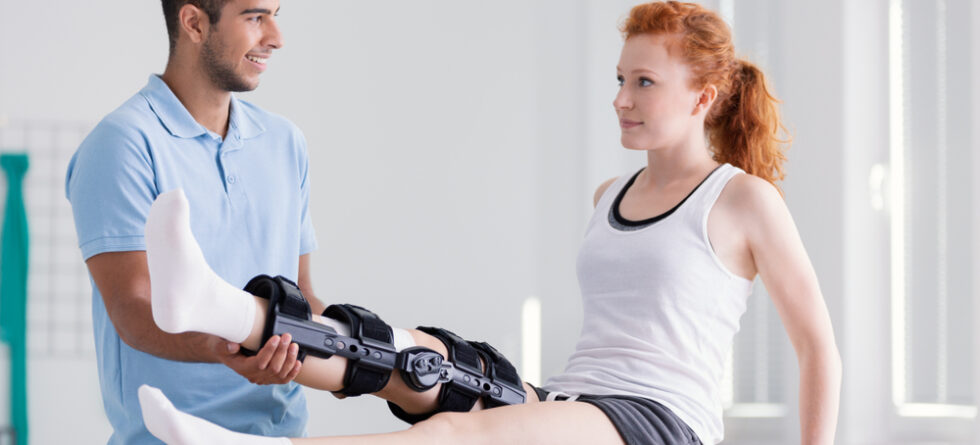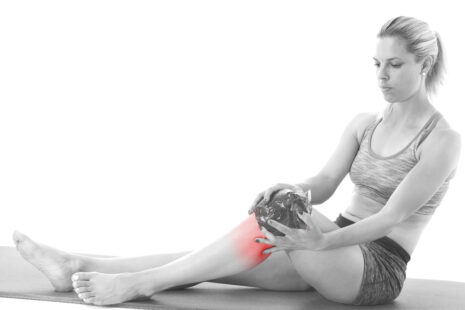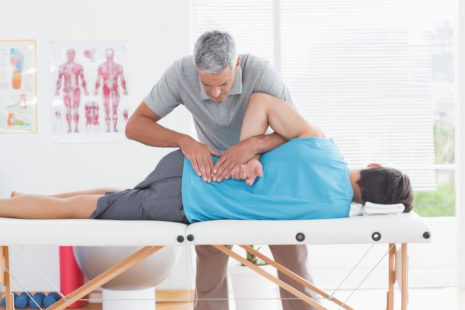After ACL (anterior cruciate ligament) surgery, it’s crucial to follow the rehabilitation protocol provided by your surgeon or physical therapist. Walking is typically encouraged as part of the recovery process, as it helps restore mobility, strength, and function in the knee joint.
However, there are some considerations to keep in mind to avoid overexertion or complications…
- Gradual Progression – Initially after ACL surgery, you may start with assisted walking using crutches or a walker to offload weight from the affected knee. As your healing progresses and your surgeon or therapist advises, you’ll gradually transition to walking without assistance. It’s essential to follow the recommended progression and not push too hard too soon.
- Avoid Overexertion – While walking is generally beneficial for rehabilitation, excessive walking or prolonged standing can lead to fatigue, swelling, and increased stress on the healing knee joint. It’s important to listen to your body and avoid activities that cause discomfort or pain.
- Monitoring Symptoms – Pay attention to any signs of overexertion or complications, such as increased swelling, pain, or instability in the knee joint. If you experience any concerning symptoms, it’s important to consult your healthcare provider promptly.
- Balance with Rest – Alongside walking and other rehabilitation exercises, adequate rest and recovery are essential for optimal healing. Balancing activity with rest allows your body to recover and adapt to the demands of rehabilitation.
- Follow Rehabilitation Guidelines – Your surgeon or physical therapist will provide specific guidelines and milestones for your rehabilitation, including recommendations for walking and other activities. It’s crucial to follow these guidelines closely and communicate any concerns or difficulties with your healthcare team.
Walking is typically a beneficial activity after ACL surgery as part of the rehabilitation process. However, it’s important to approach it gradually, avoid overexertion, and follow the guidance provided by your healthcare provider to ensure a safe and effective recovery.




